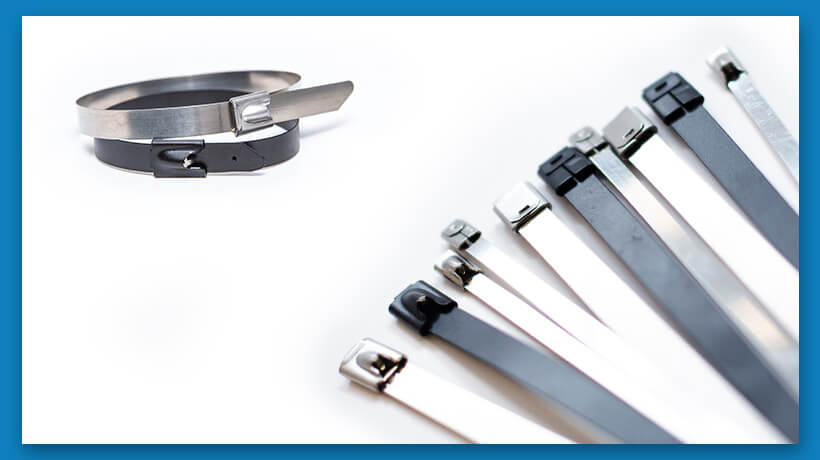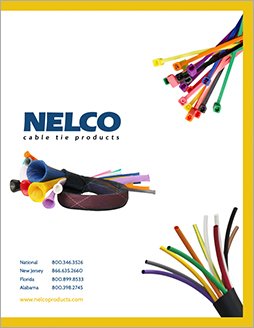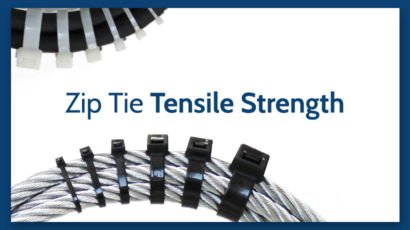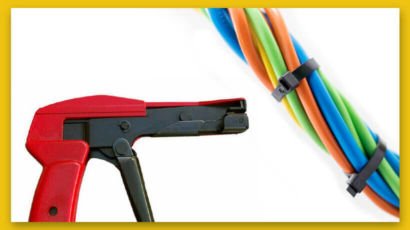How to Use Metal Zip Ties

Metal zip ties are a great universal zip tie – they offer unparalleled strength, are metal detectable, and are well-suited to work in a variety of environments. They are ideal for bundling and securing a wide assortment of cable, wires, and assemblies even in the most extreme temperatures and severe environmental conditions.
What you may not know is that there are three different varieties of metal zip ties:
- Stainless steel metal zip ties are used in applications that require corrosion-resistant ties with high tensile strength.
- Nylon-coated ties that provide strength while minimizing scratches.
- There are also plastic ties that have ferrous materials embedded in them for detection by metal scanning equipment.
Stainless steel cable ties and nylon-coated ties both have a range of home and industrial uses, but the plastic-based variety is used almost exclusively to ensure product safety in the food service industry. Regardless of your application, there are a few things to understand about working with metal cable ties.
When to Use a Metal Zip Tie
Metal and stainless steel zip ties are ideal for securing:
- Anything that will experience extreme weather
- Anything that weighs over 100 pounds
They can be purchased in a variety of different lengths and materials to ensure that the cable tie is the proper tensile strength and is best-suited for all of your needs.
How to Use Metal and Stainless Steel Zip Ties
Using a stainless steel zip tie is somewhat different than using a plastic zip tie. Instead of pulling the tie to a tight close, you simply feed the tie through a self-locking mechanism. This mechanism can stand alone or be part of a ball lock system.
What this locking mechanism does is add strength to the tie and ensure that it doesn’t wear down or corrode when the temperatures get too hot or cold. The best part about this locking device is that you don’t need much strength to feed the tie through.
Installing Metal Cables Ties
Metal cable ties are specialty cable ties, so they need to be properly installed so that they can perform to their standard. When installing metal and stainless steel ties, there are two options.
1. Metal Cable Tie Installation without Specialty Tools
A quick pull will zip metal impregnated ties shut, and they can be opened by pushing the ratchet up with a flathead screwdriver. Some ties use a metal powder that allows the cables to be cut with standard cutters; others have a thin wire, requiring the use of cutters designed to handle metal.
Metal ties and some nylon coated ties use a ball bearing head. This allows the cable to pass freely into the head but will wedge itself against the cable if it’s pulled on. Tin snips can be used to cut any cable sticking out of the head, but a strap or cable cutter will leave a cleaner cut.
2. Cable Tie Installation with Specialty Tools
A cable tie installation tool is made to tighten and cut the tie in one motion. Power tools are used in industrial settings, but manual tools are a reasonable alternative for home installers.
After the strap has been pushed through the head, it’s fed into the tool until the end of the tool is against the head. Squeezing the trigger will slide the cable through the tool, tightening the metal cable tie. Once the correct tension is reached, the pull will force a blade into the cable, cutting it to length.



